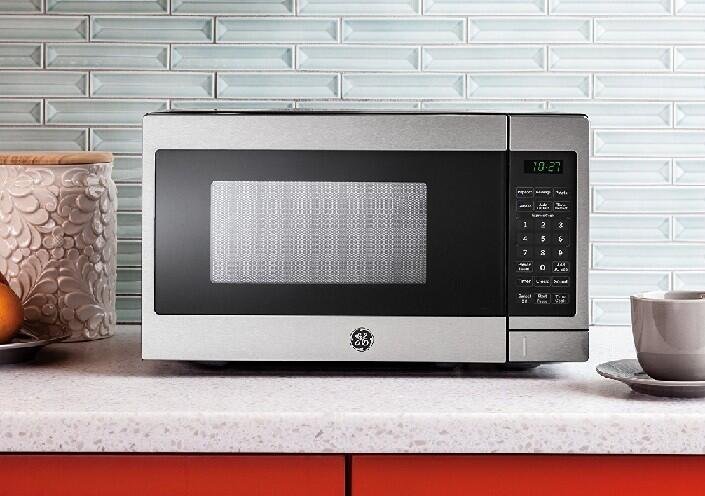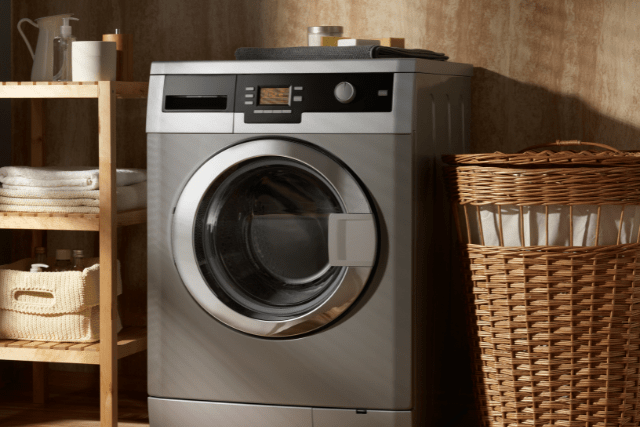When it comes to refrigerators, there are two main types: direct cool and frost-free. If you’re not sure which type of refrigerator is best for you, then read on for some helpful information.
A direct cool refrigerator doesn’t have a frost-free freezer and will require manual defrosting from time to time. A frost-free refrigerator has a freezer that is automatically defrosted so you don’t have to worry about it. Both types have their pros and cons, so it ultimately depends on your specific needs and preferences. Let’s take a closer look at both.
Direct-cool refrigerators
Direct-cool refrigerators are the most common type found in Indian homes. They are also the most affordable option. As the name suggests, these refrigerators work by circulating cool air around the unit to keep food items cold. One of the main advantages of direct cool refrigerators is that they require less energy to operate than frost-free models.
A direct-cool refrigerator has an evaporator coil located in the freezer compartment. The coils are exposed to the air inside the freezer, so cold air circulates throughout the refrigerator. This type of refrigerator doesn’t have a fan, so it can be a bit noisier than other types. It’s also important to note that you should never block the vents on the back of a direct-cool fridge, as this will affect its performance.
Frost free refrigerators
A frost-free fridge has an evaporator coil located in the fresh food compartment. This coil is encased in insulation, so cold air circulates throughout the fridge with the help of fans. This type of fridge typically runs a bit colder than other types and is less noisy.
The circulated air also helps to prevent ice crystals from forming on the food. However, this constant circulation of air can use more energy.
These models are more expensive than direct cool refrigerators, but they offer a number of advantages, such as being easier to maintain and requiring less manual defrosting.
How much energy do Direct Cool and Frost-Free Refrigerators consume?
It ultimately depends on your specific needs and preferences. However, both types of refrigerators use less energy than other models, such as those with an ice maker. Direct-cool refrigerators typically use less energy than frost-free models. However, it’s important to clean the condenser coil regularly (every 3-6 months) to ensure optimal performance – if dirt accumulates on this coil it will reduce the cooling efficiency.

Benefits of a direct cool refrigerator over a frost-free refrigerator.
1. More Efficient
Direct-cool refrigerators are more efficient than frost-free refrigerators as they do not require as much energy to operate. Frost-free refrigerators need to circulate air constantly in order to prevent ice from forming, which can lead to higher energy bills. Additionally, direct cool refrigerators tend to be more durable than frost-free refrigerators, as the constant circulation of air can cause parts to wear out more quickly.
2. More Affordable
Direct-cool refrigerators are also more affordable than frost-free refrigerators. This is because direct-cool refrigerators do not require as many parts and do not use as much energy to operate. As a result, direct-cool refrigerators tend to be less expensive to purchase and maintain than frost-free refrigerators.
3. Simpler Design
The simpler design of direct cool refrigerators also makes them easier to repair than frost-free refrigerators. This is because there are fewer parts that can break down and need to be replaced. Additionally, the simpler design means that direct cool refrigerators are less likely to experience problems that require professional repair services.
4. No Defrosting Required
Another advantage of direct cool refrigerators is that they do not require defrosting, while frost-free models do. Defrosting a frost-free refrigerator can be a time-consuming and messy task, as you need to remove all of the food from the fridge and then thaw out the ice that has built up inside. With a direct cool fridge, you never have to worry about this as there is no ice build-up.
5. Keeps Food Fresher and Longer
Direct-cool refrigerators also keep food fresher for longer periods of time than frost-free models due to the fact that they are not constantly circulating air. The circulating air in frost-free fridges can cause fruits and vegetables to spoil more quickly. However, with a direct cool fridge, your food will stay fresh for longer periods of time.
6. Better for the Environment
Because direct cool refrigerators are more energy efficient and have a longer lifespan, they are also better for the environment than frost-free refrigerators. Direct-cool refrigerators emit fewer greenhouse gases over their lifetime and will generate less electronic waste when they eventually need to be replaced.
7. Takes Up Less Space
Finally, direct cool fridges tend to take up less space than frost-free models due to their simpler design. This is because they do not have all of the extra components that are required for the defrosting process. As a result, direct cool fridges are often smaller in size, which can be beneficial if you have limited space in your kitchen.

Conclusion
Both direct cool and frost free refrigerators have their own set of pros and cons. Which type is right for you will ultimately depend on your budget and your needs. If you’re looking for an affordable option that is easy to maintain, then a direct cool refrigerator is a good choice. But if you’re willing to spend a bit more money for a model that doesn’t require manual defrosting, then a frost-free fridge is a better option.







